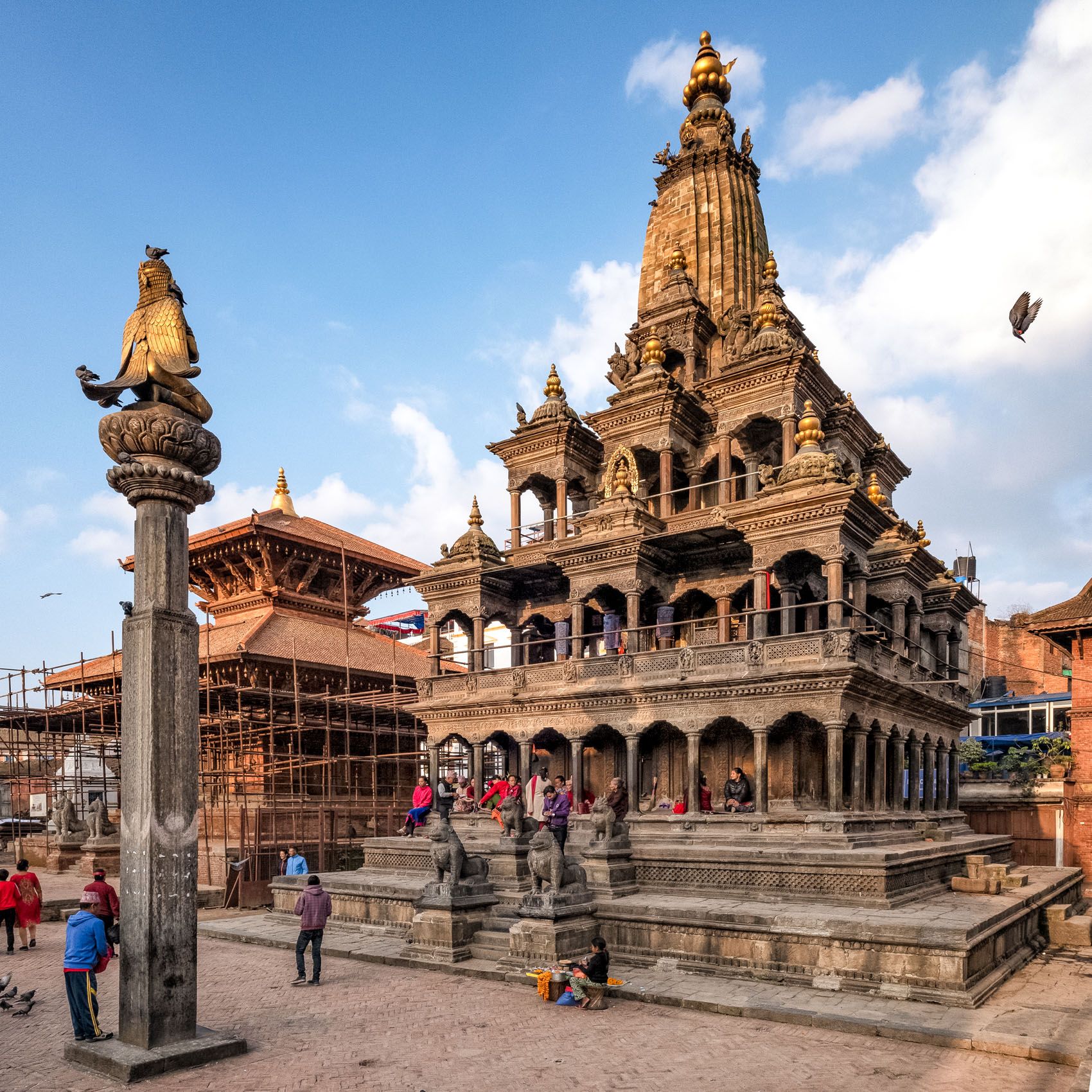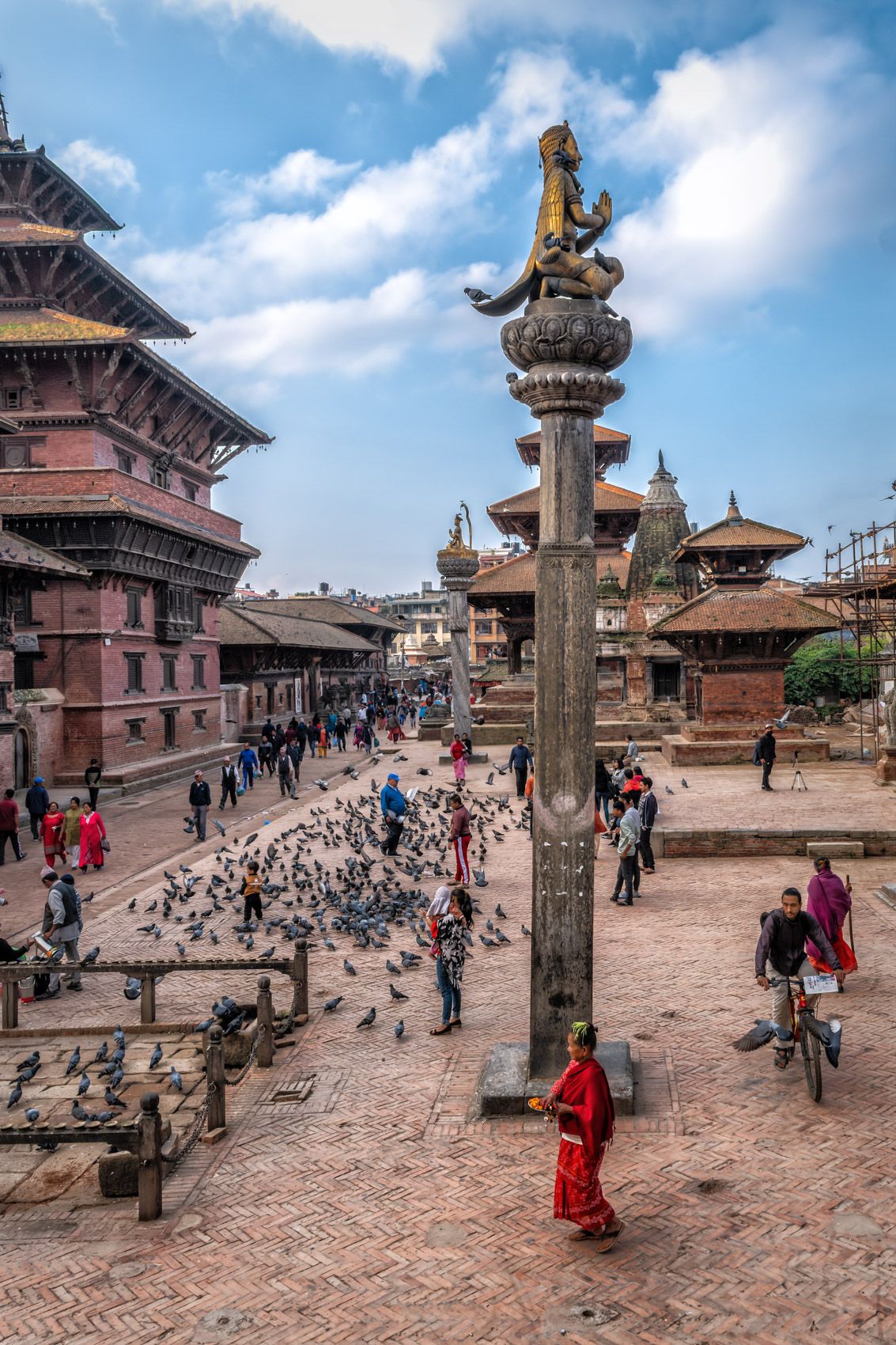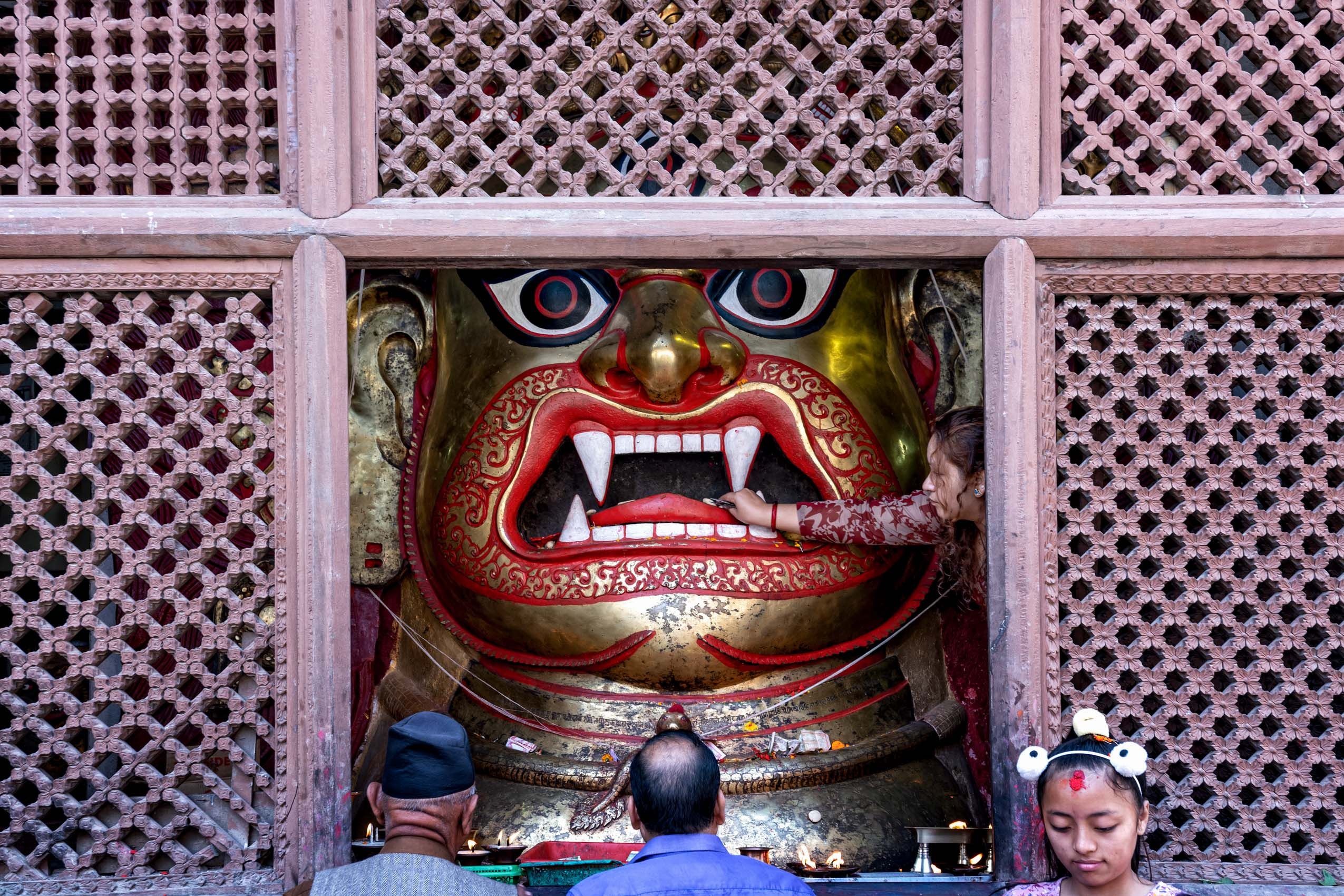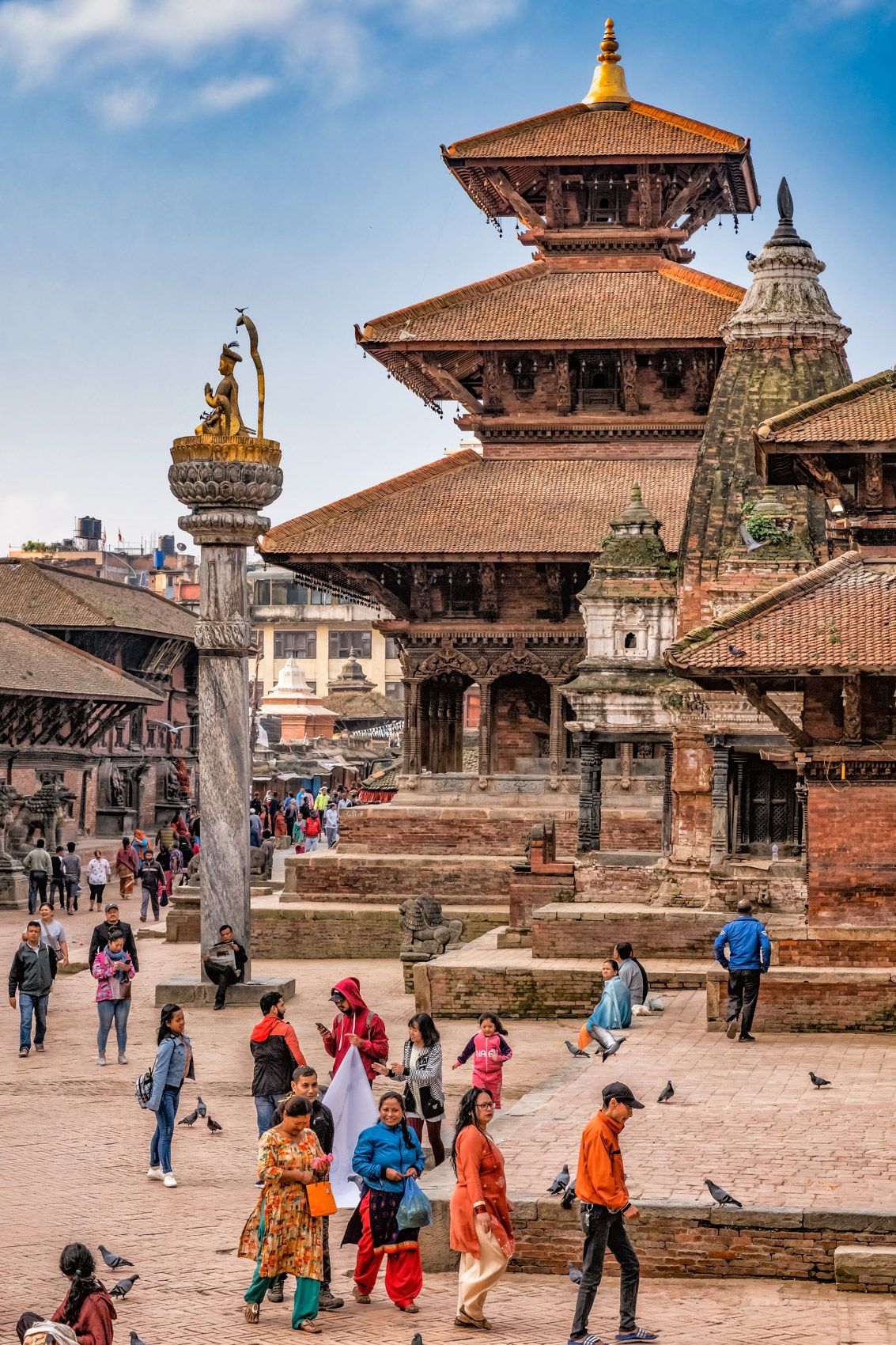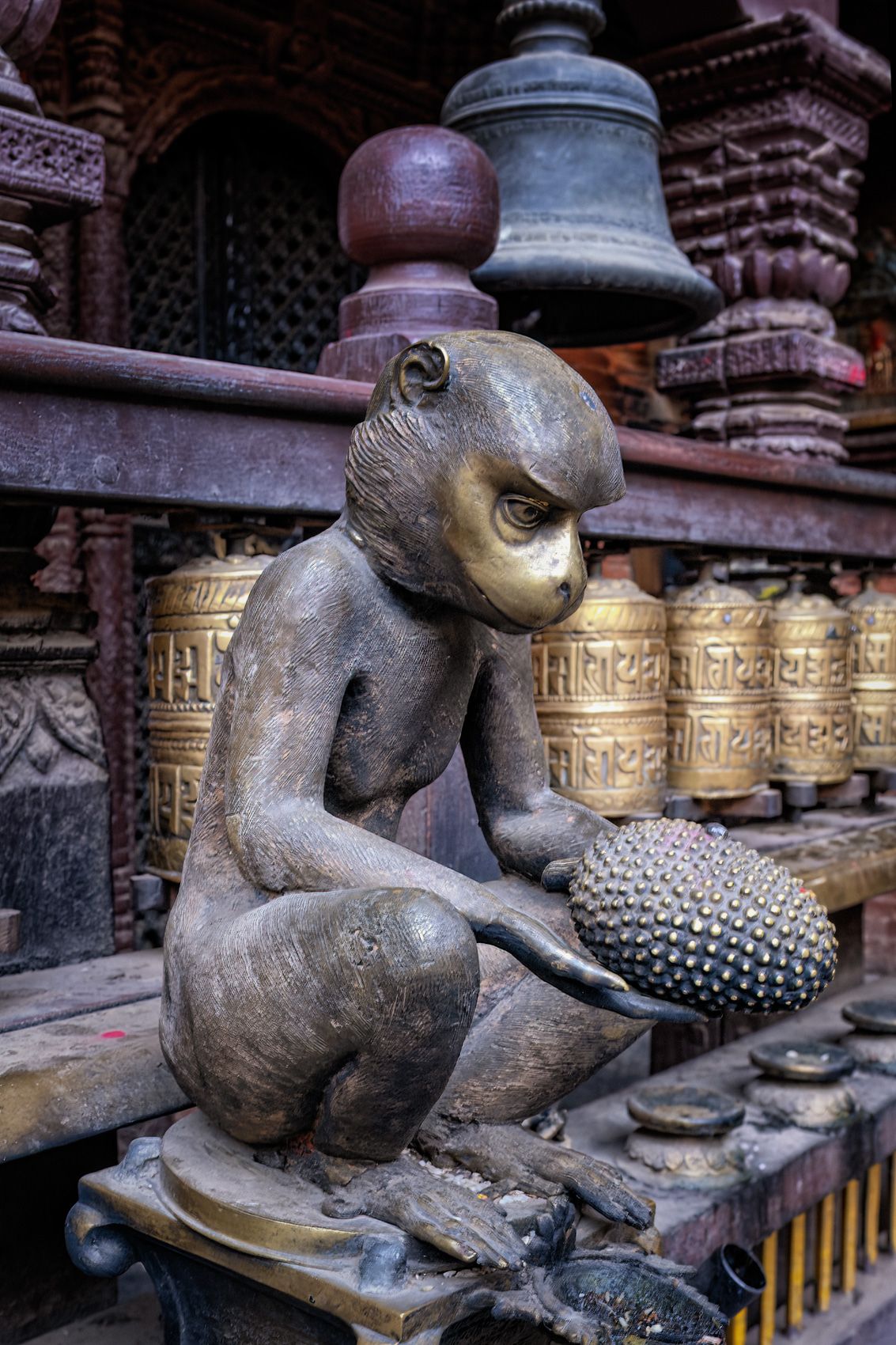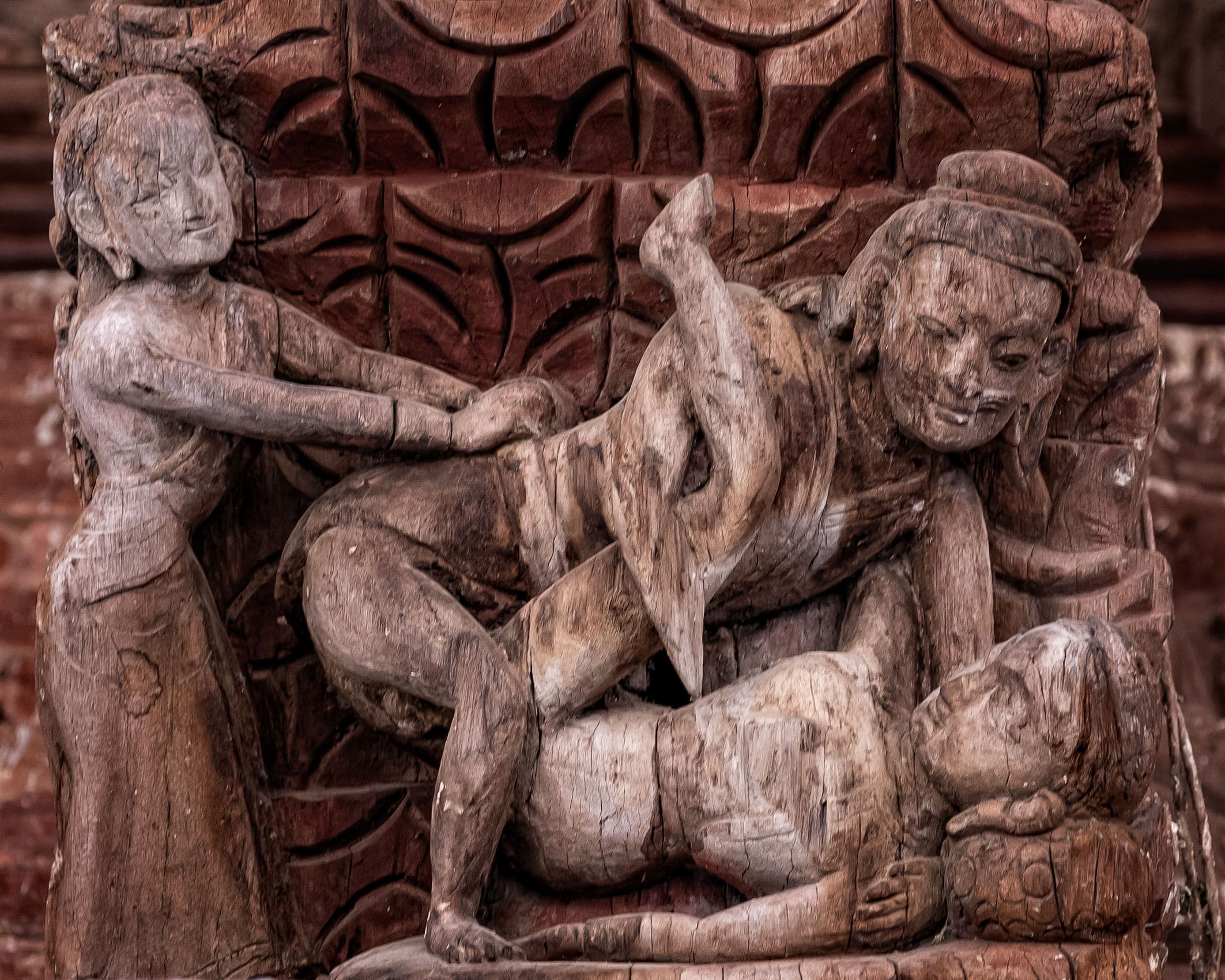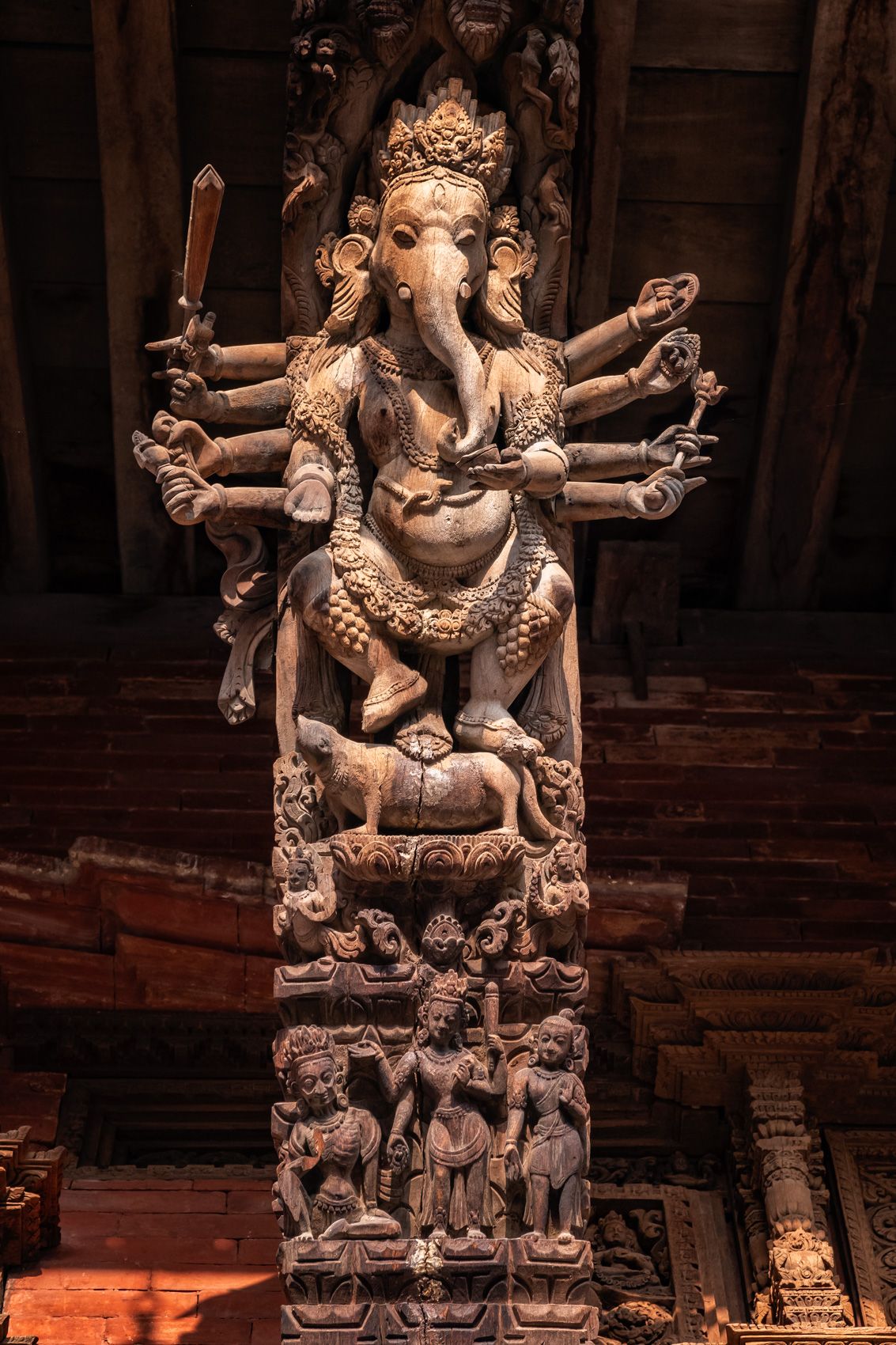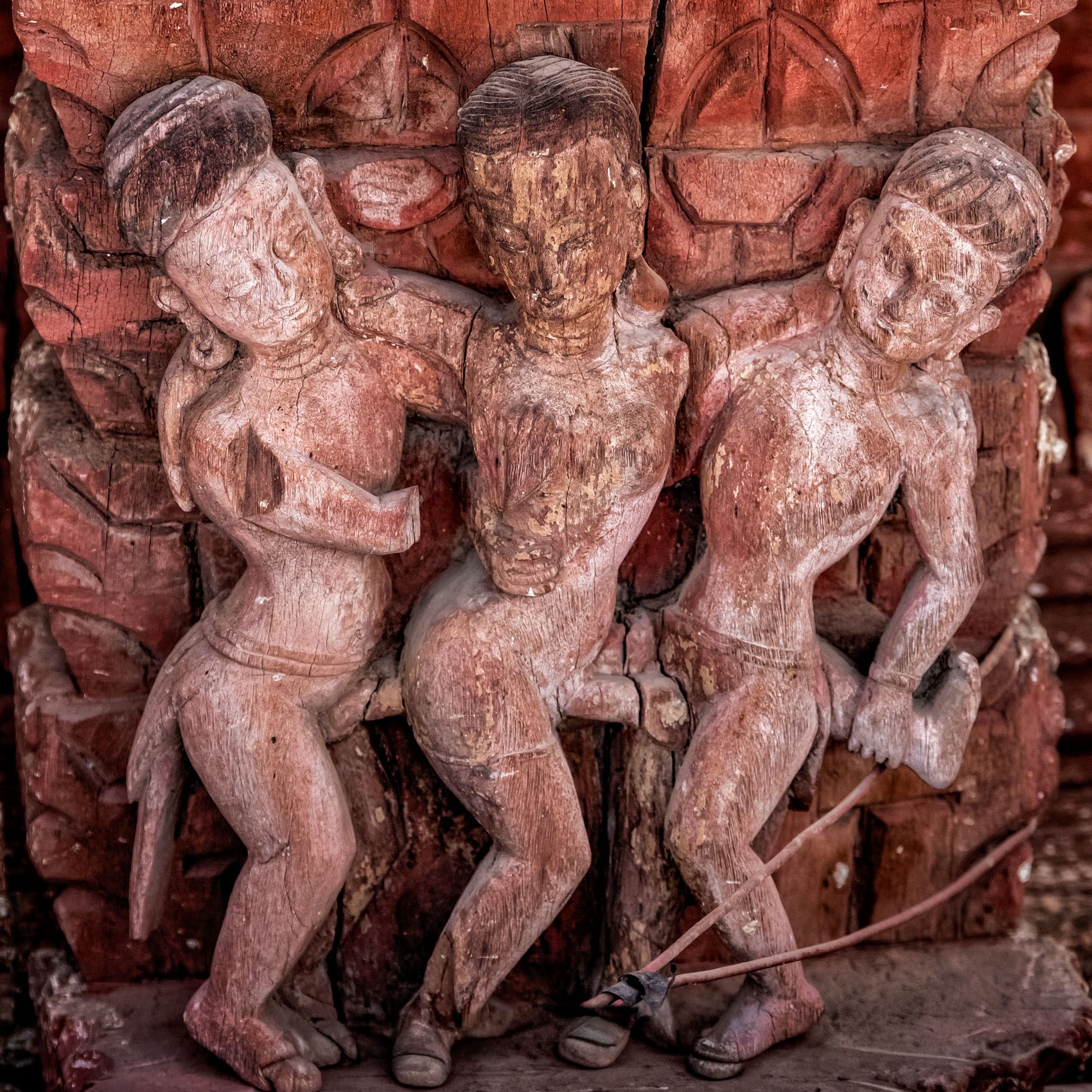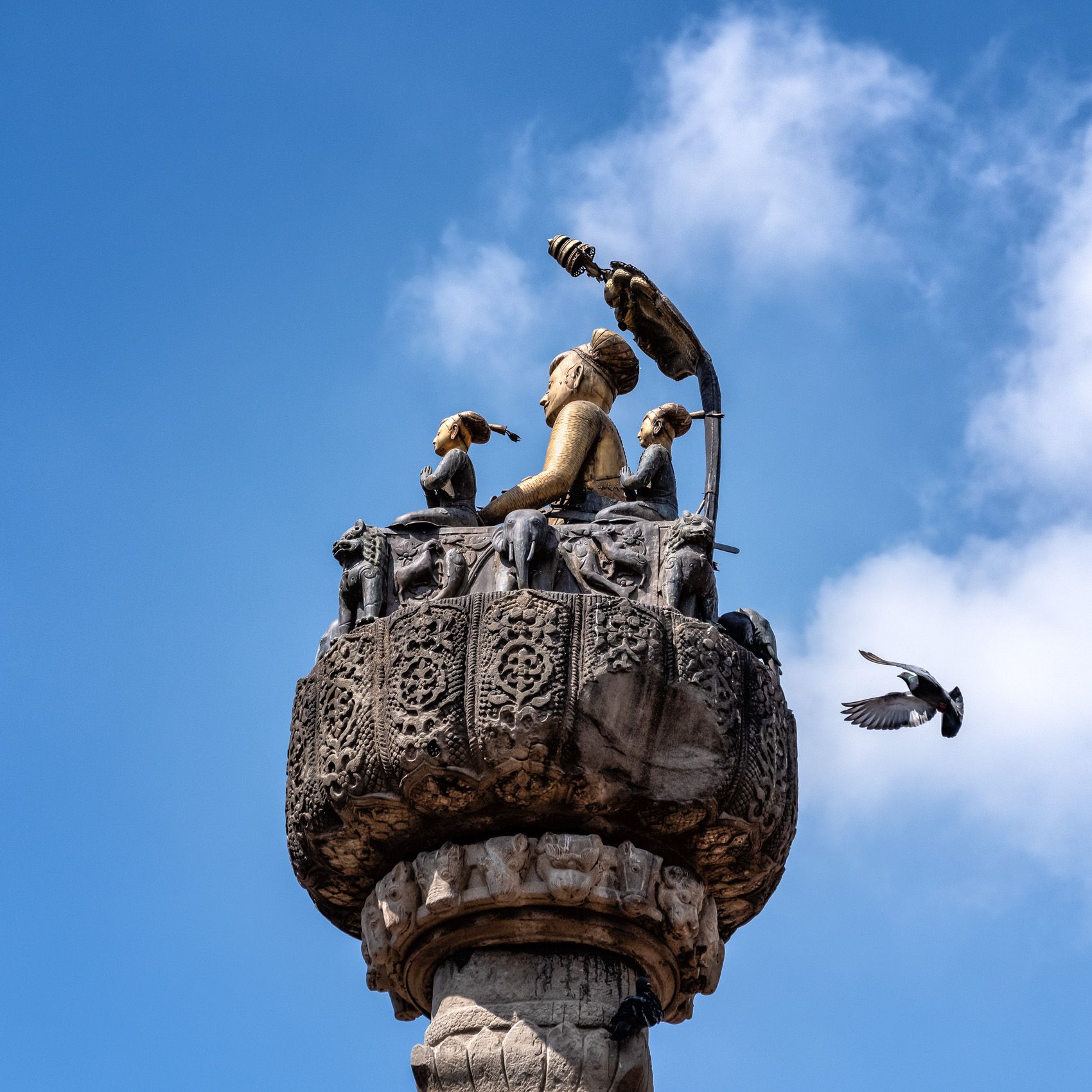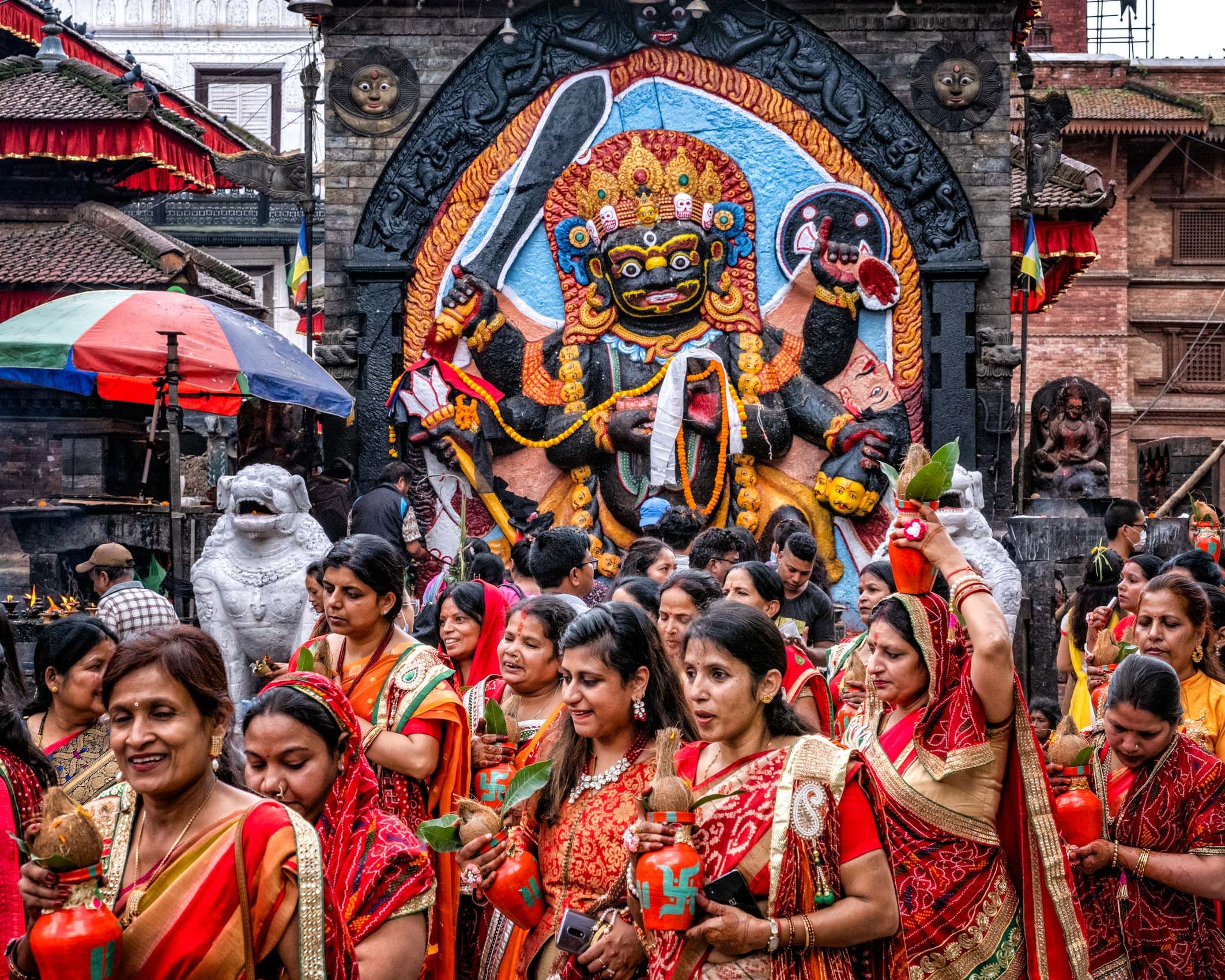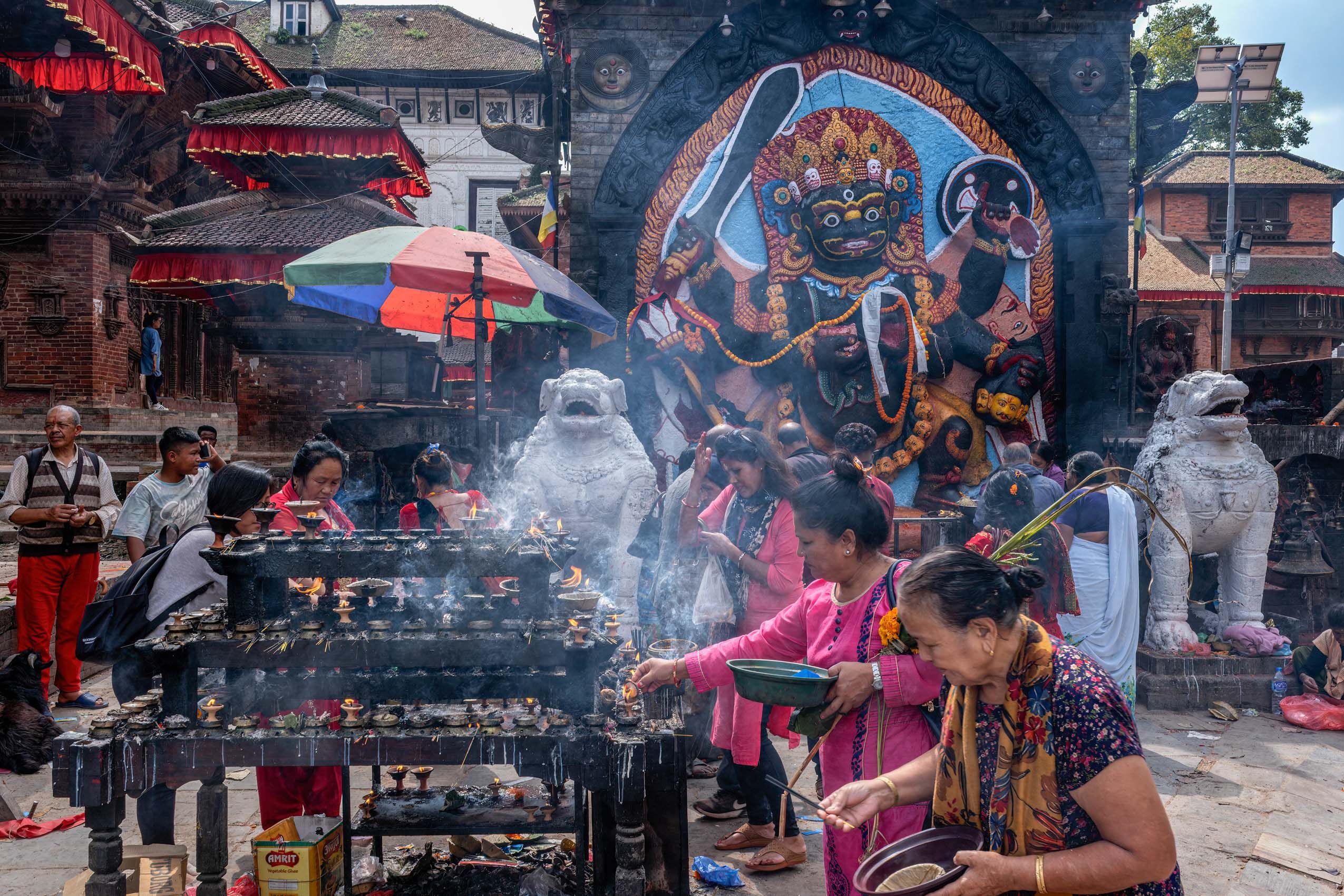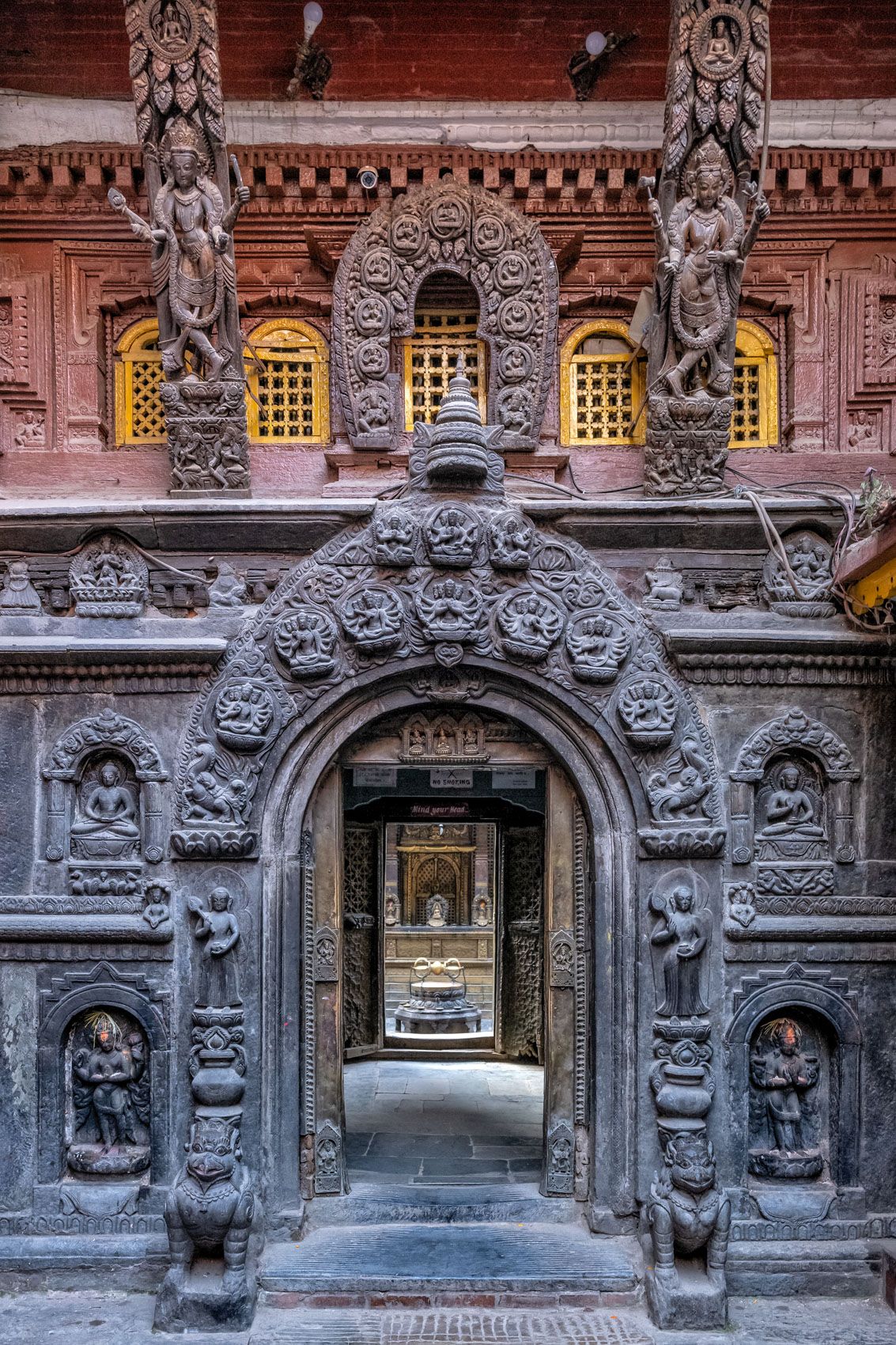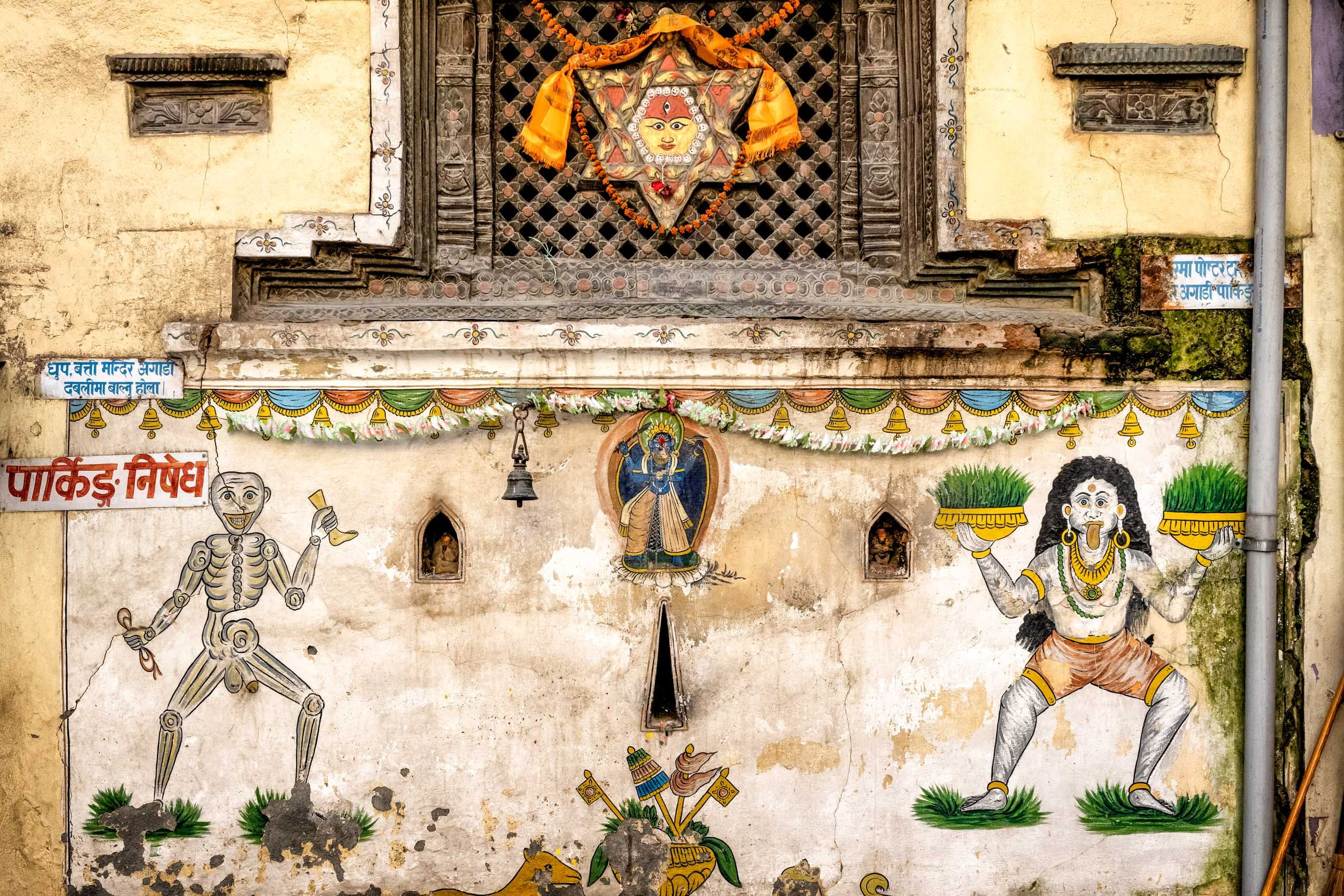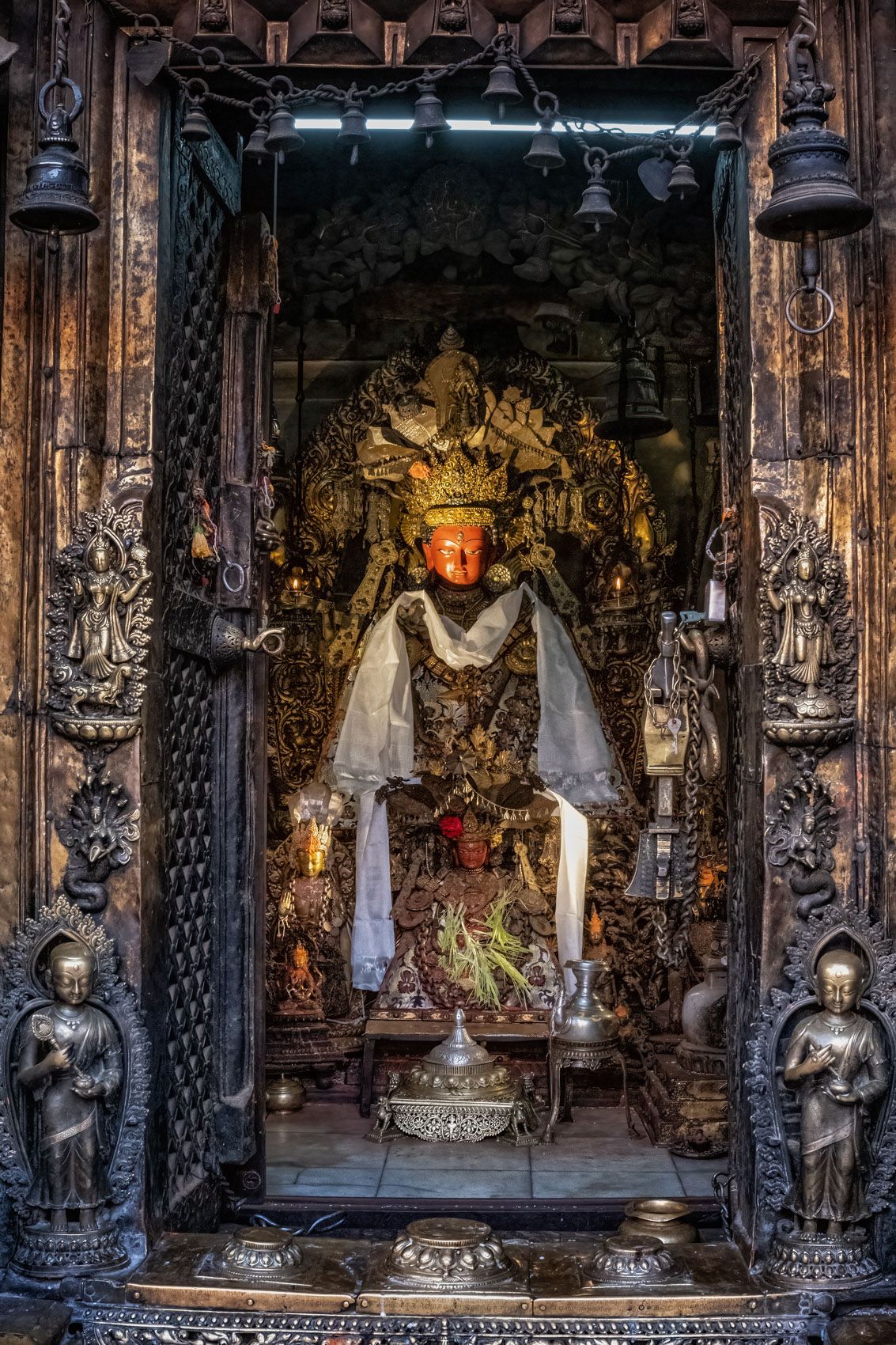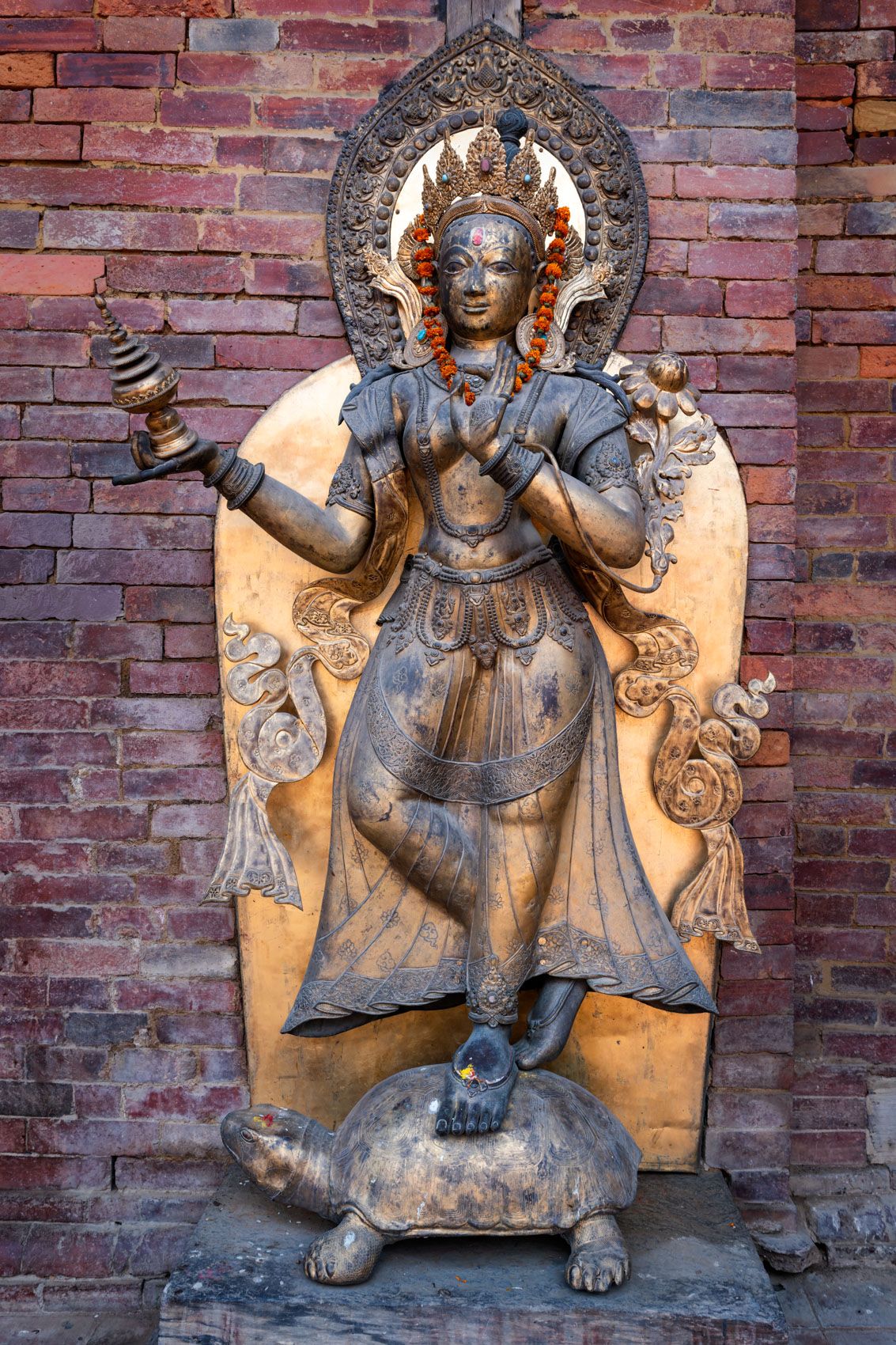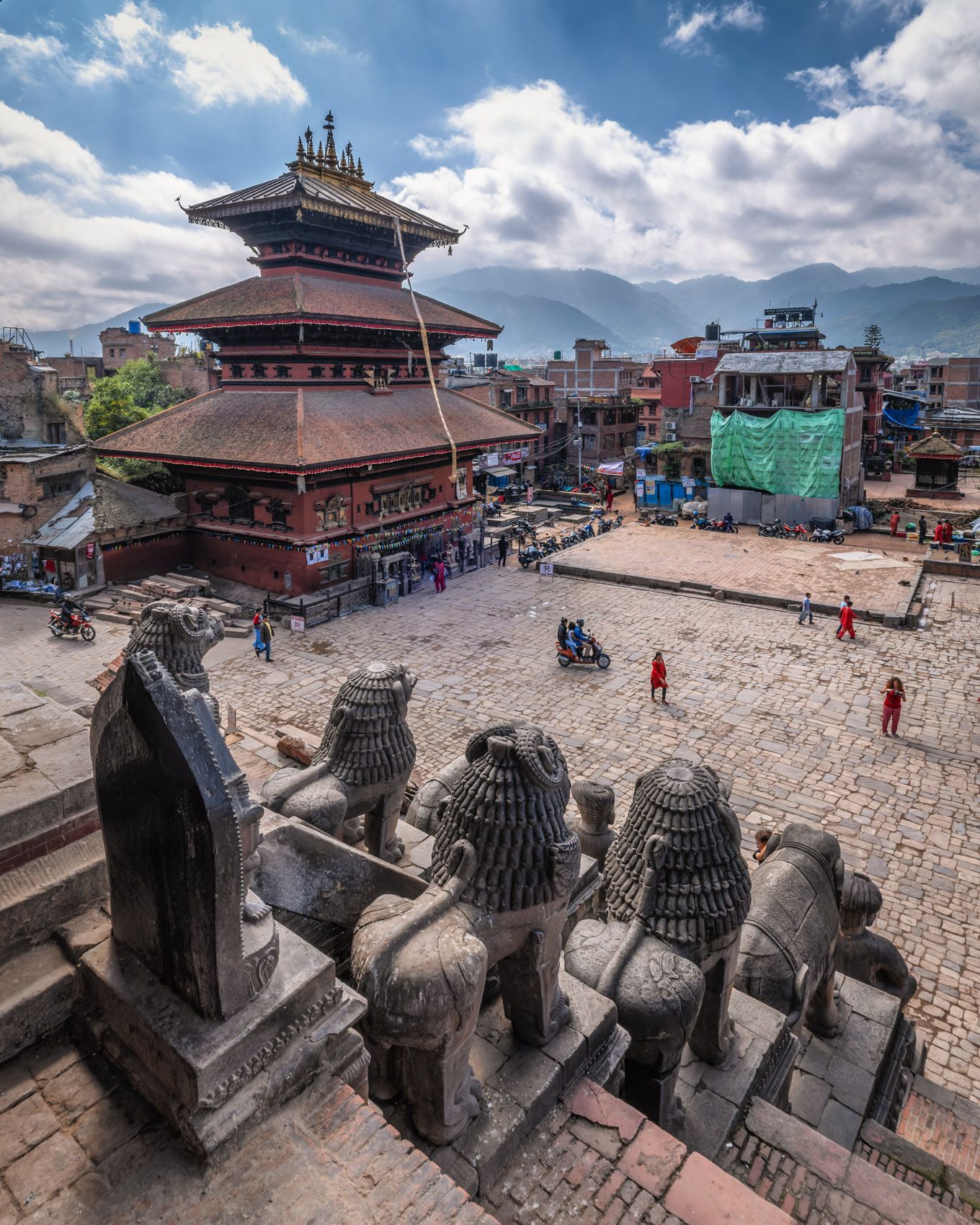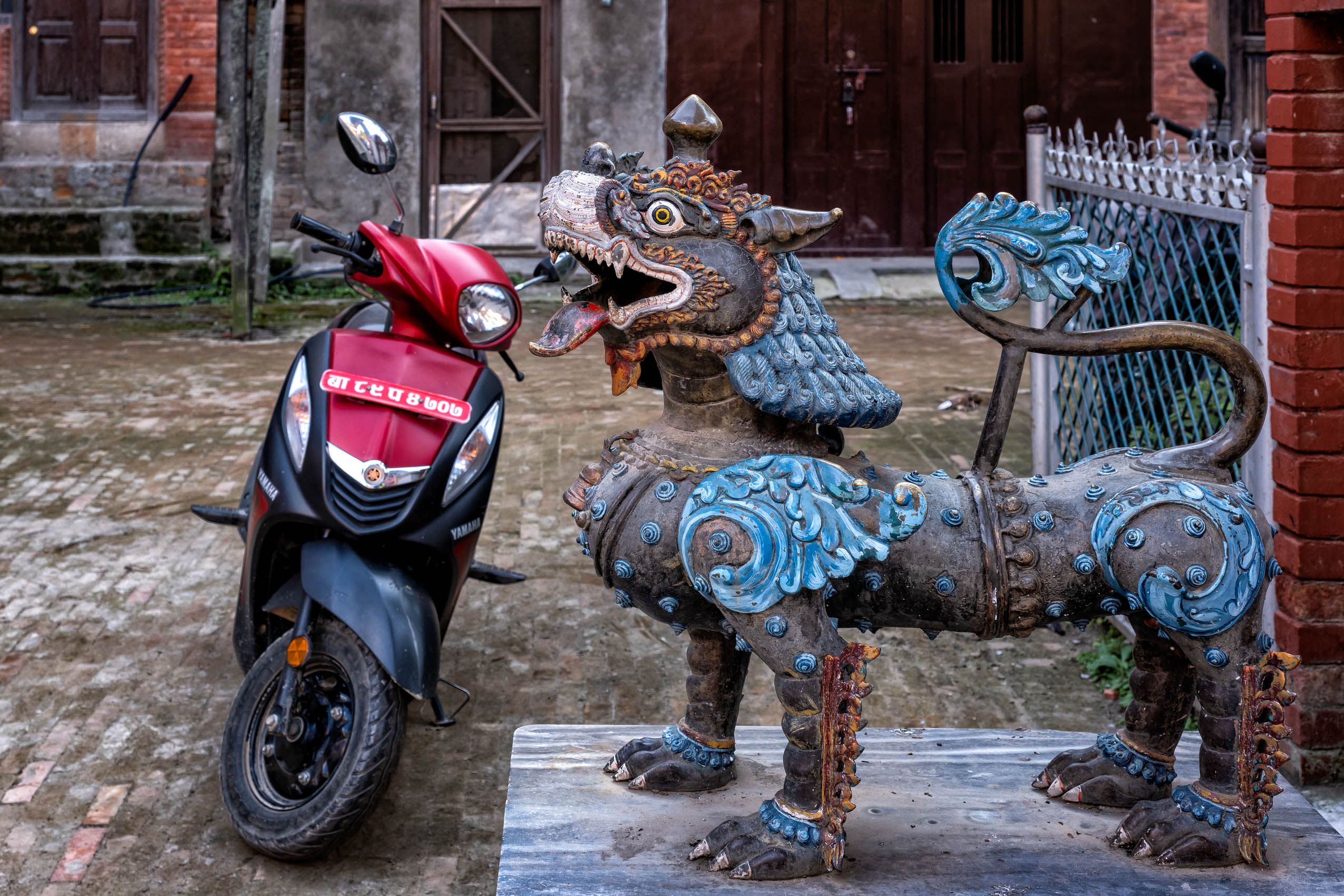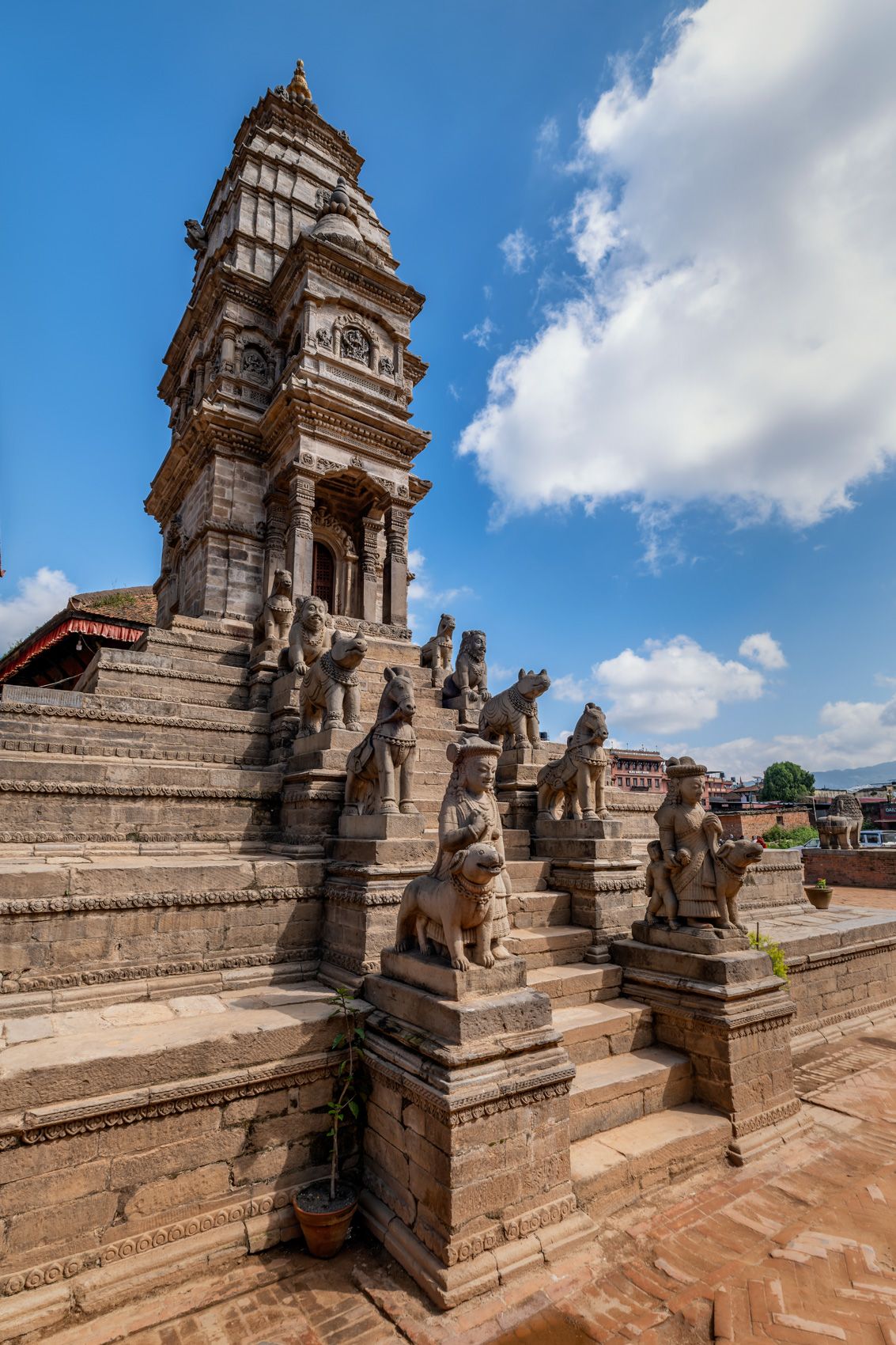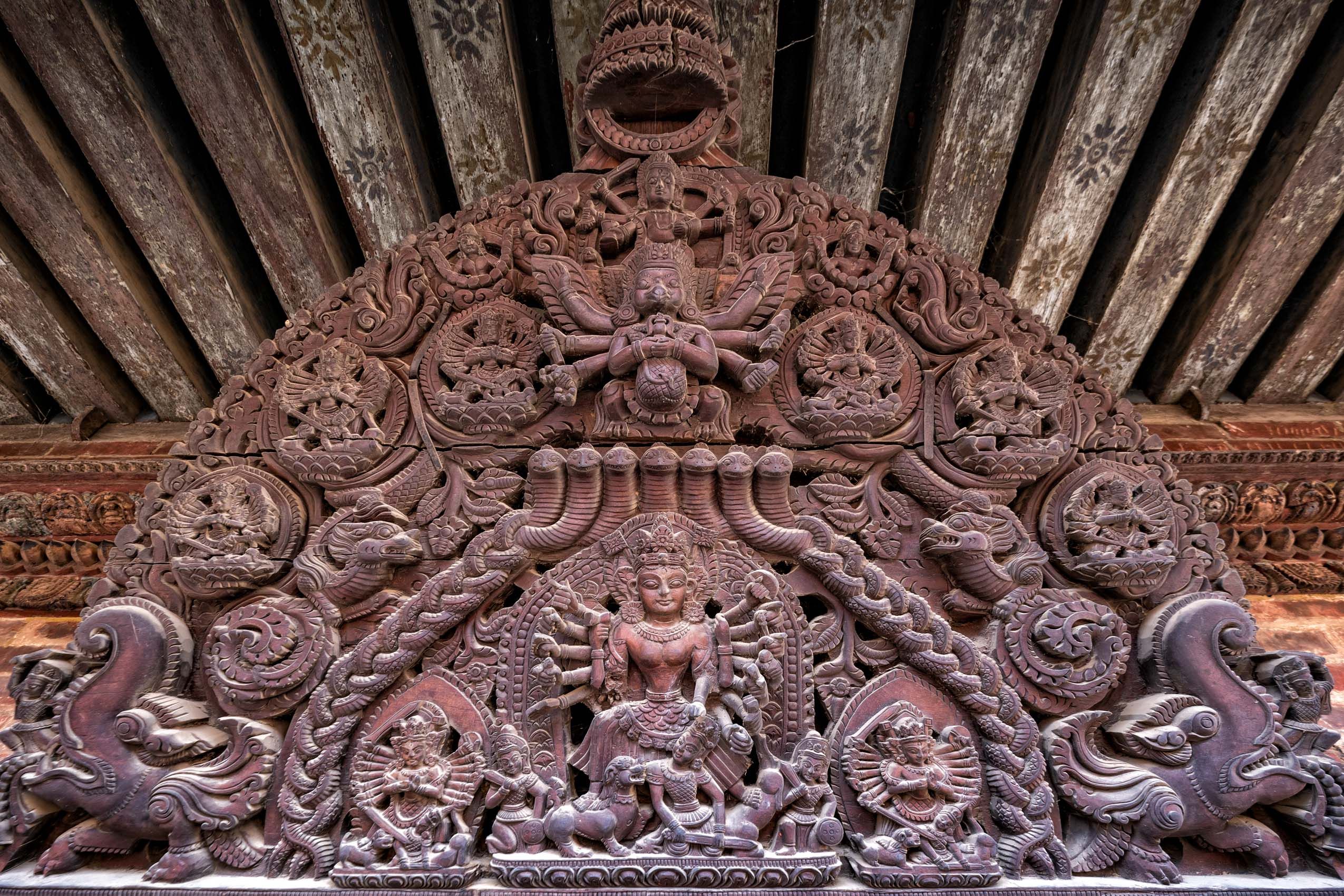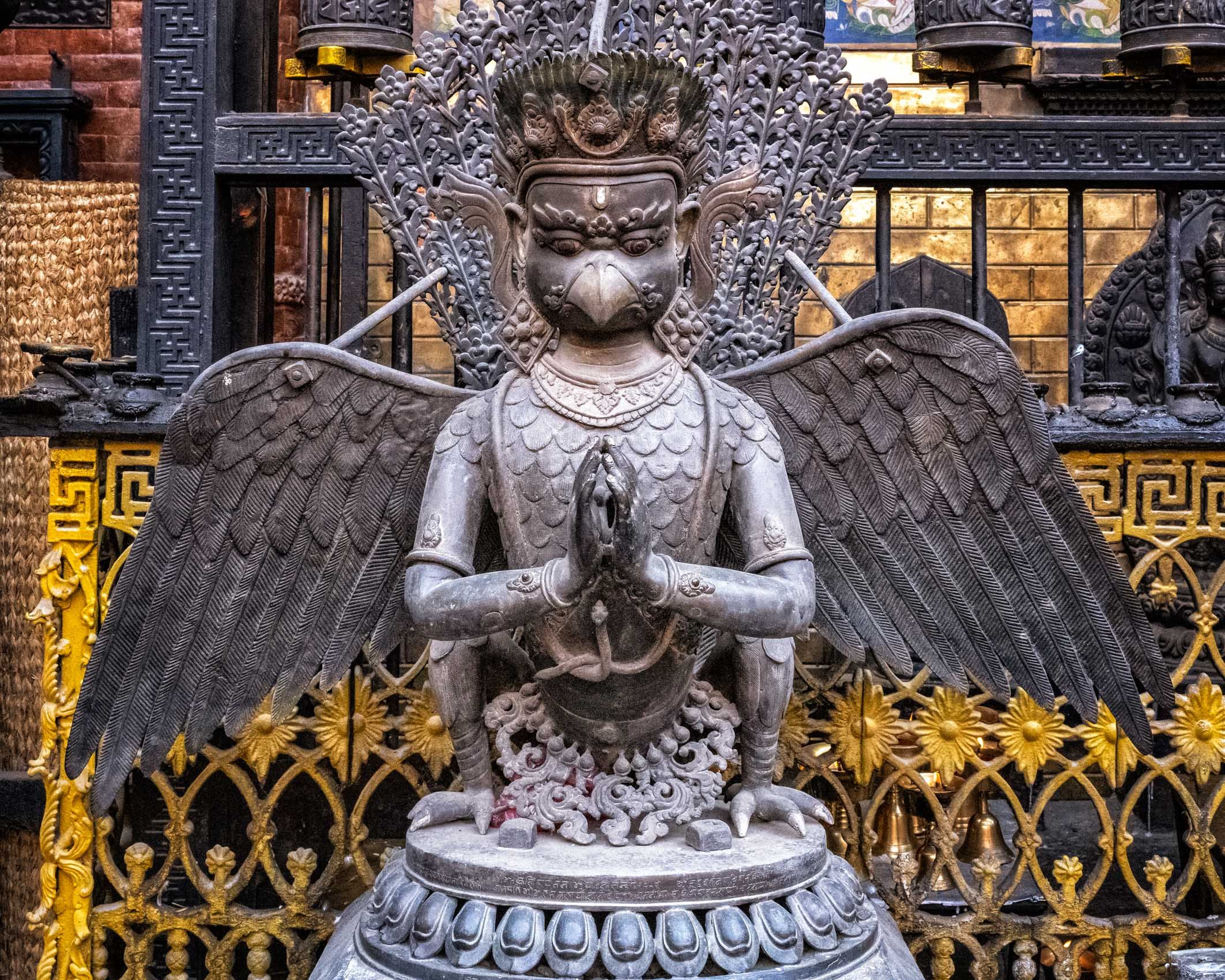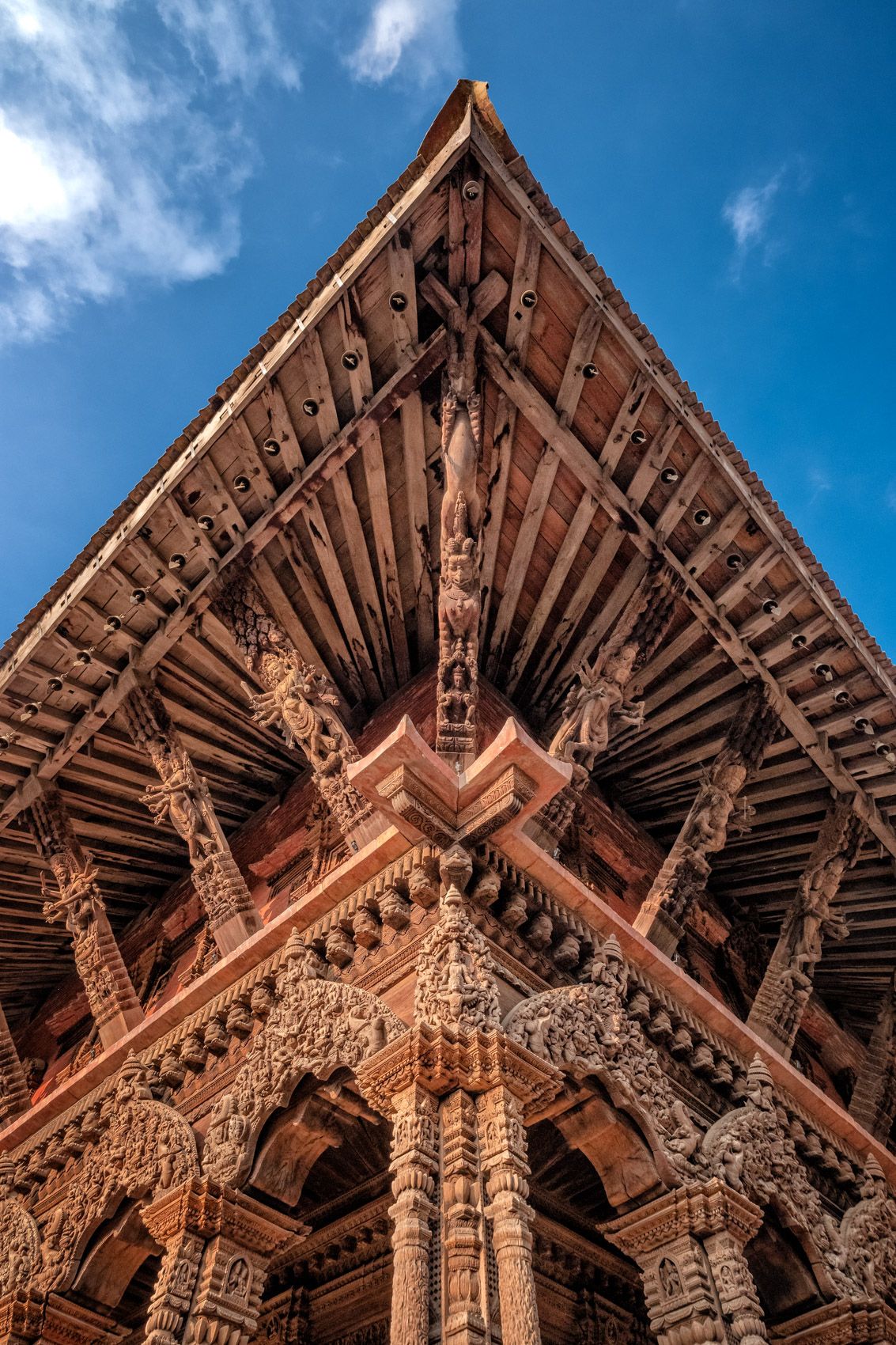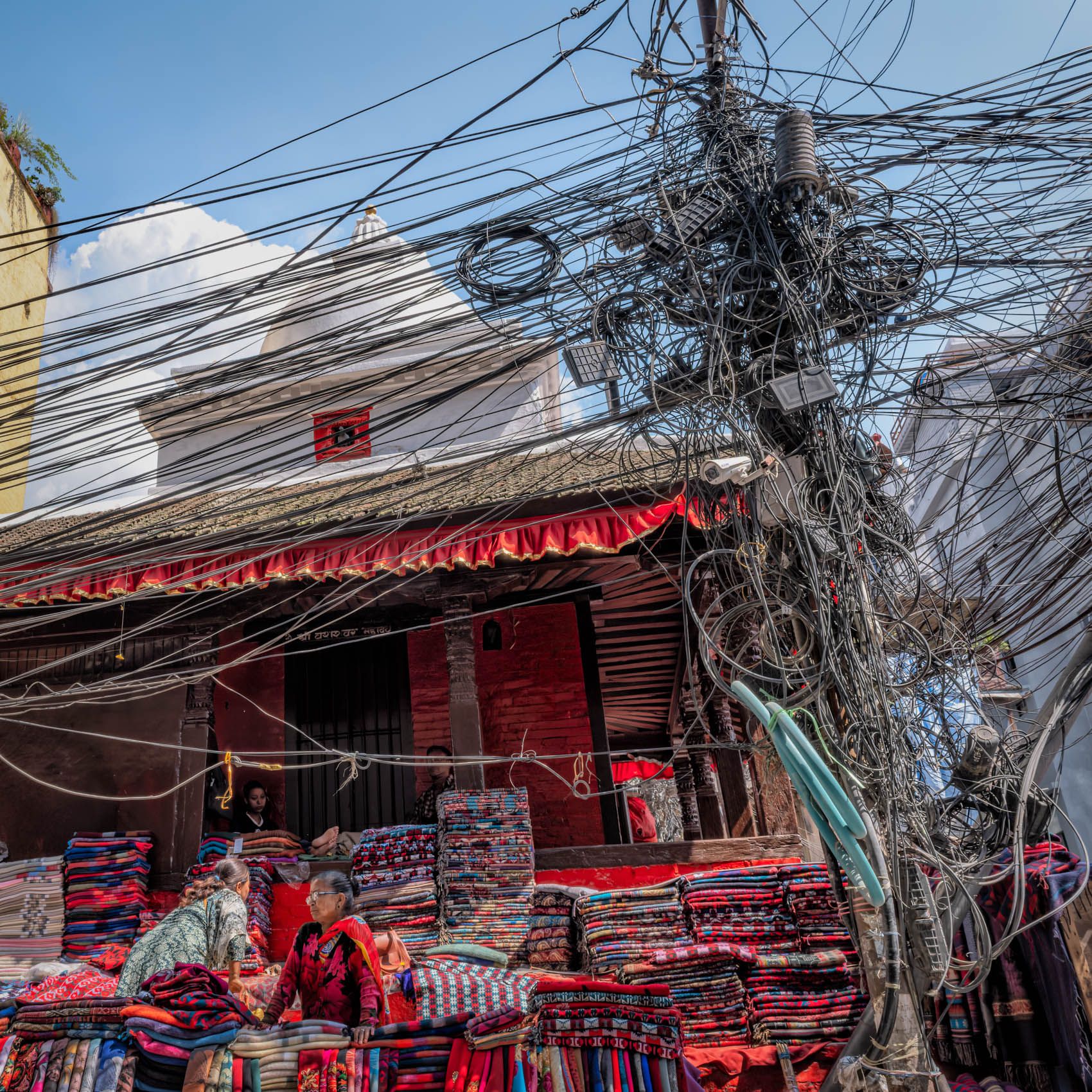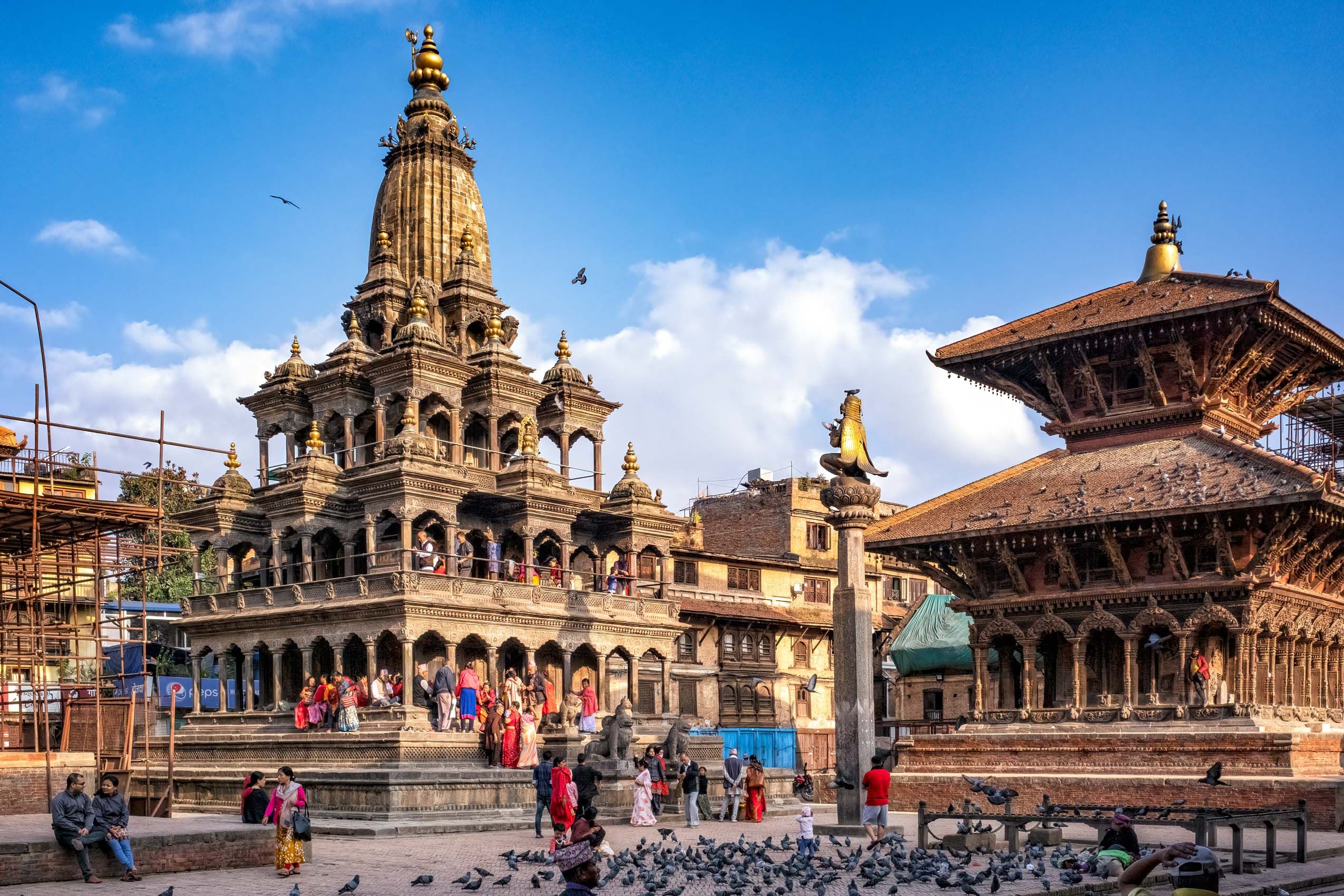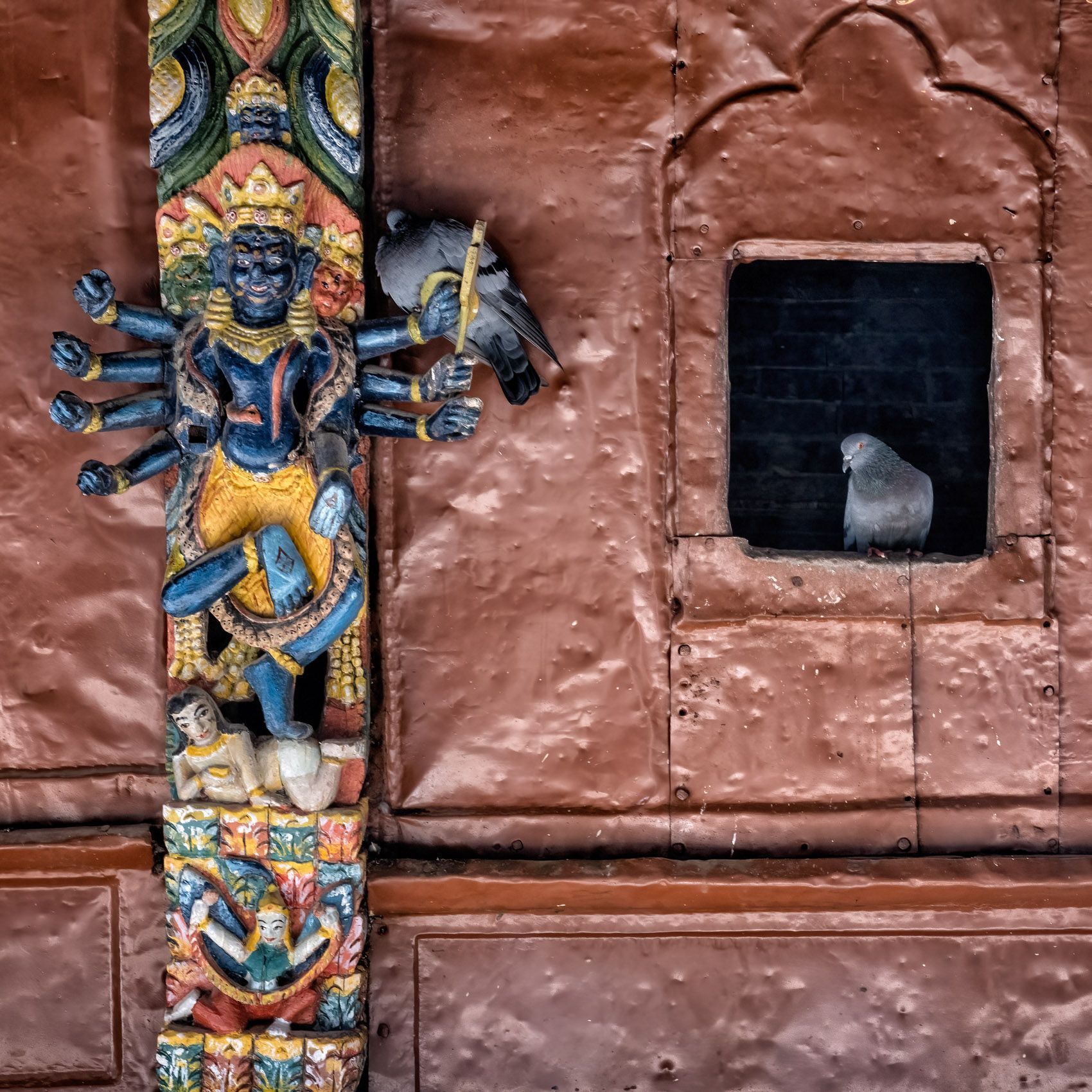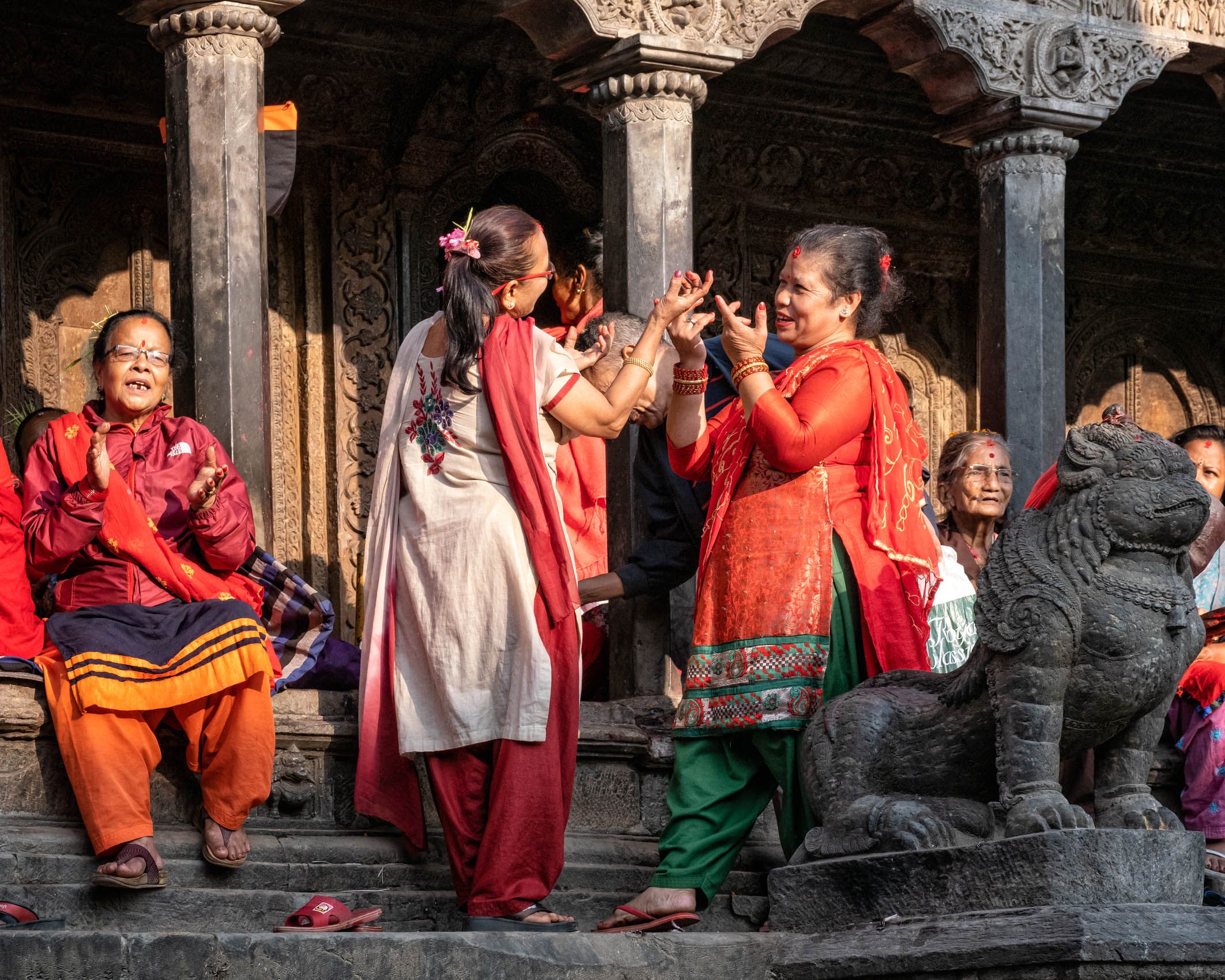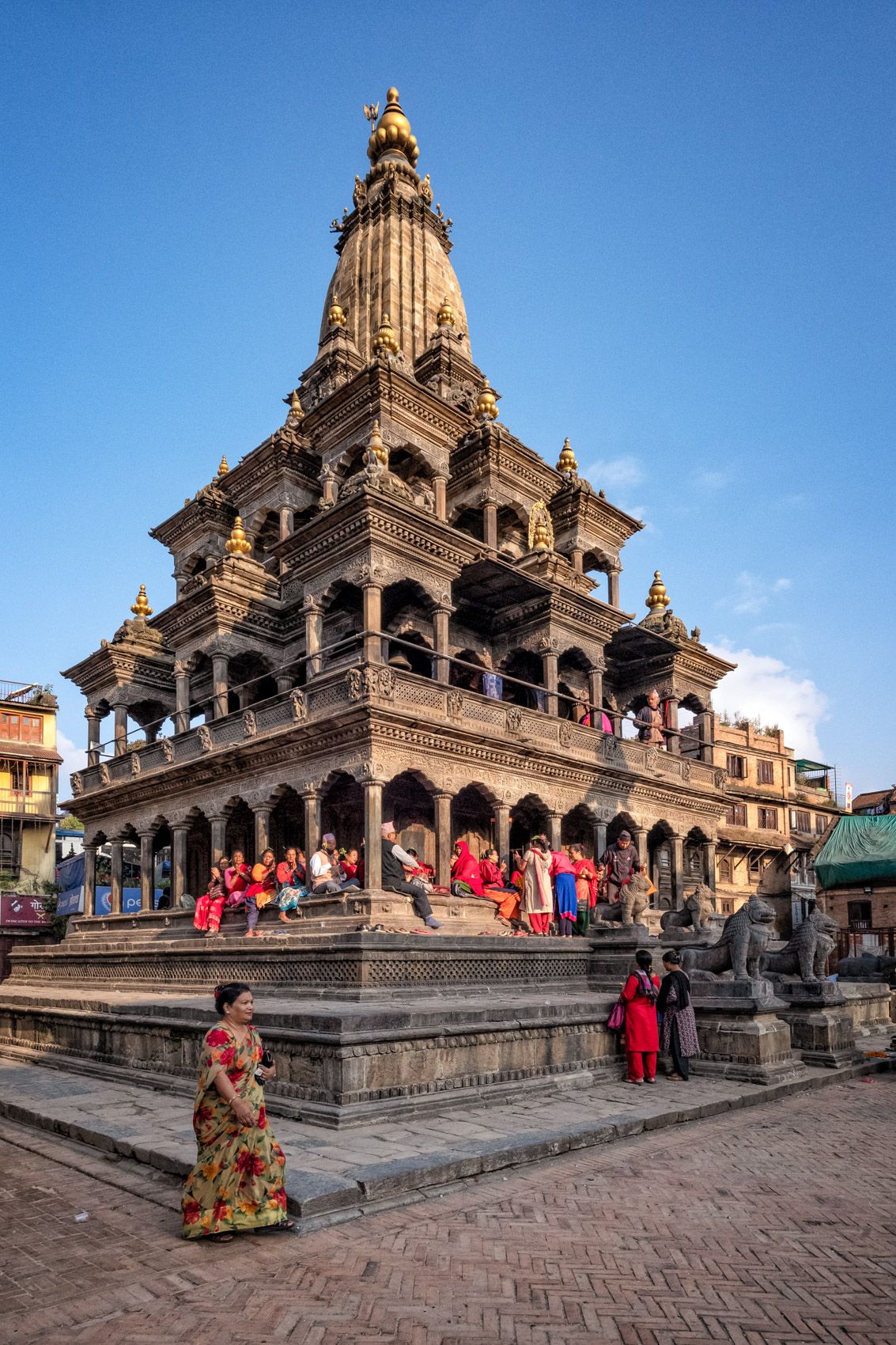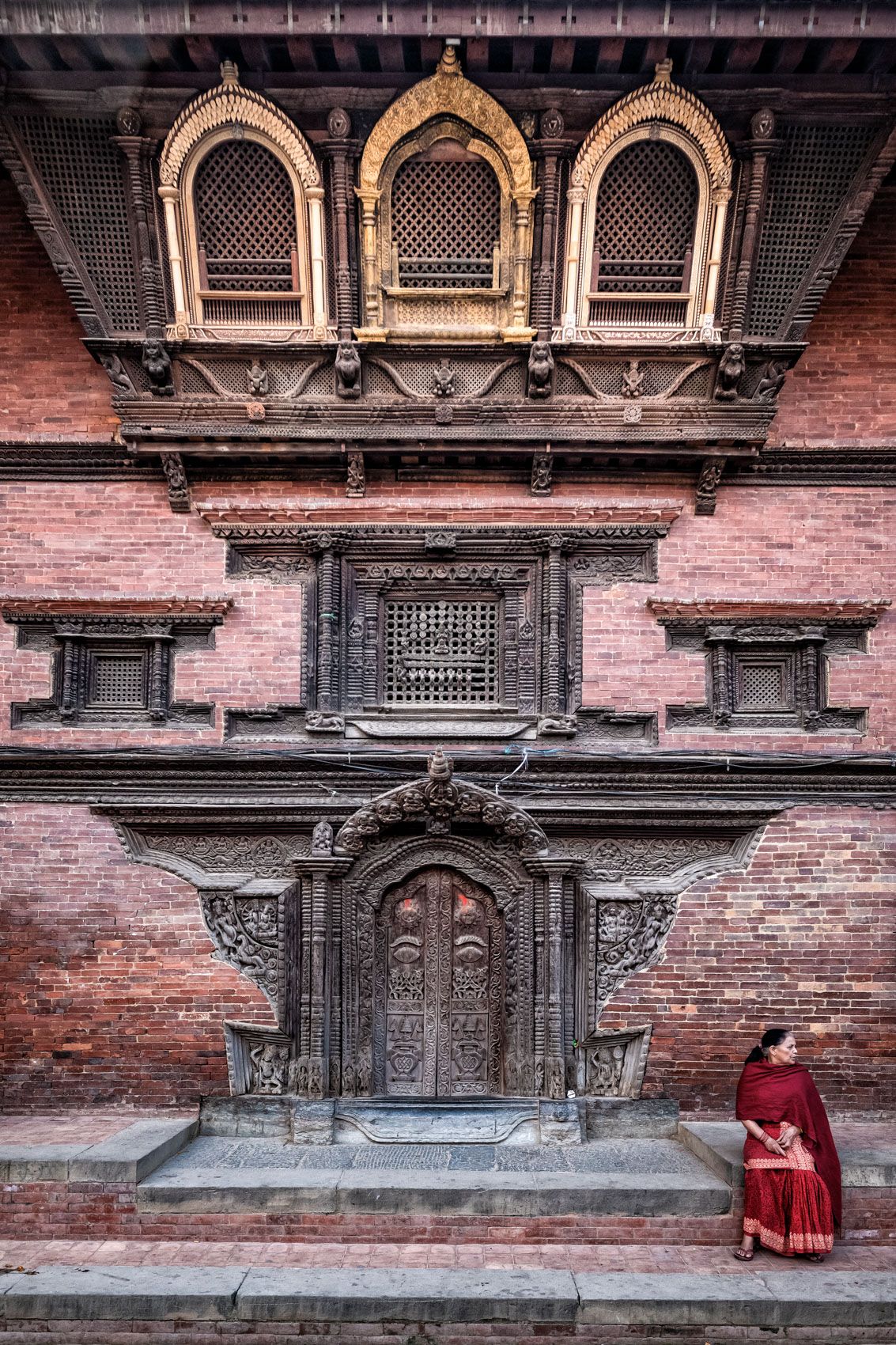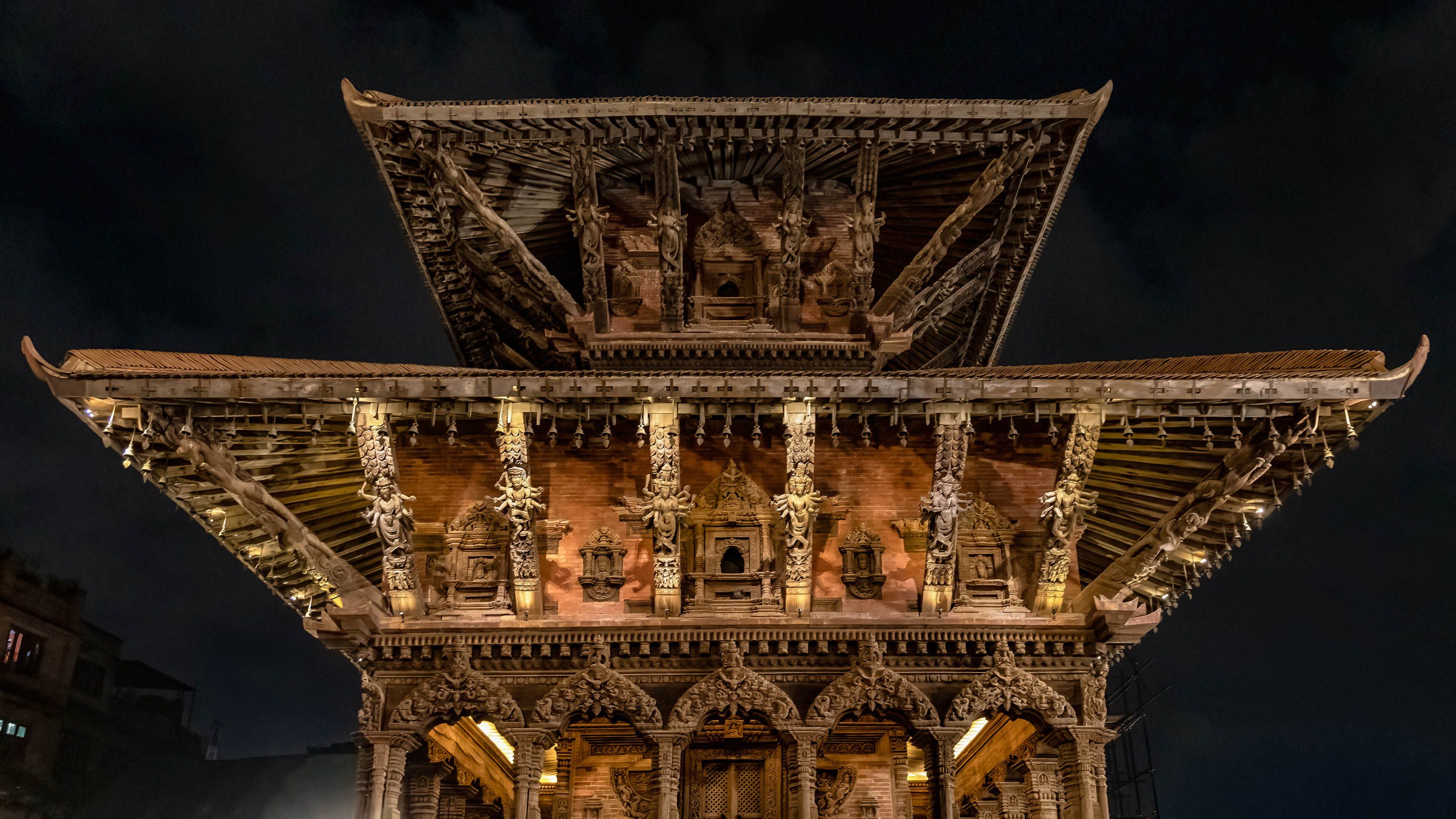NEPAL: The Durbar Squares of Kathmandu and Bhaktapur
Nepal sites, Nepali art and architctureThe Durbar Squares of Kathmandu and Bhaktapur—two of the most significant historic urban spaces in the Kathmandu Valley—embody the artistic, political, and spiritual life of Nepal’s former Malla kingdoms. These plazas, once the ceremonial and administrative centers of rival city-states, today stand as masterpieces of Newar architecture and as living testaments to a civilization that flourished between the 12th and 18th centuries.
Kathmandu Durbar Square, also known as Hanuman Dhoka, presents a dense concentration of palaces, temples, courtyards, and shrines that reflect centuries of royal patronage. The Malla and Shah kings who ruled from this seat left behind an urban ensemble distinguished by intricately carved wooden windows, tiered pagoda temples, and spacious courtyards. The Kumari Ghar—home to the Living Goddess, the Kumari—remains one of the square’s most distinctive institutions, linking Newar religious practice with national ritual. Kathmandu Durbar Square thus becomes not only an architectural showcase but also a space where political power, Hindu-Buddhist syncretism, and living tradition converge.
Bhaktapur Durbar Square, located a few kilometers to the east, possesses a quieter grandeur, shaped by the city’s reputation as the best-preserved of the Valley’s medieval capitals. Its open, brick-paved expanse highlights key monuments such as the 55-Window Palace, the Golden Gate, and the Vatsala and Nyatapola temples. Bhaktapur’s temples and palaces display the refinement of Newar craftsmanship at its zenith: elaborately pierced windows, stone lions and elephants, and harmonious proportions all reflect a deep aesthetic sensitivity. The square also maintains an active civic life. Local artisans still work in nearby squares and lanes, and seasonal festivals animate the palace precincts, preserving a sense of continuity between past and present.
Both Durbar Squares suffered significant damage during the 2015 earthquake. However, the ongoing restoration and conservation efforts underscore their enduring importance—not merely as tourist destinations, but as living embodiments of the Valley’s identity. Together, they stand as monumental records of Nepalese history, Newar artistry, and the resilient spirit of the communities that sustain them.

